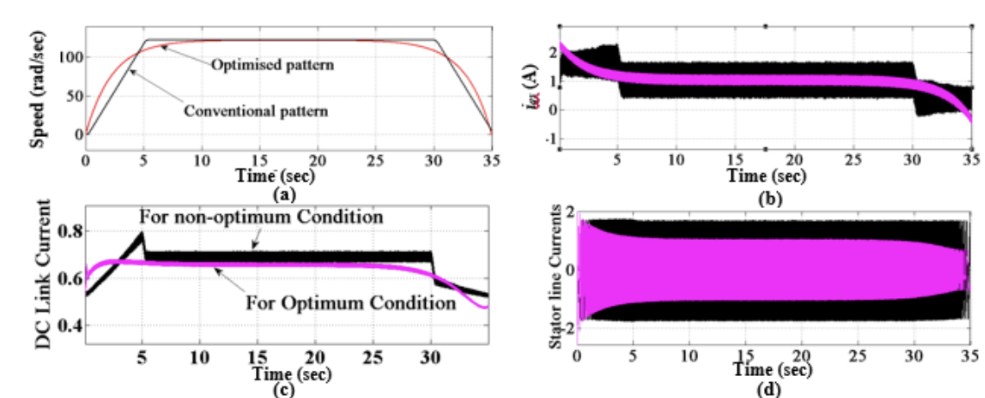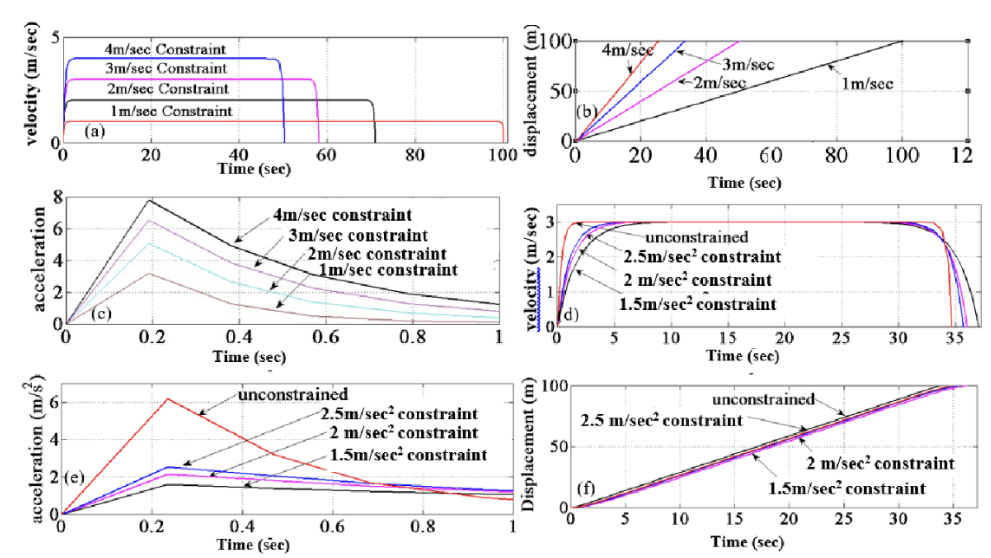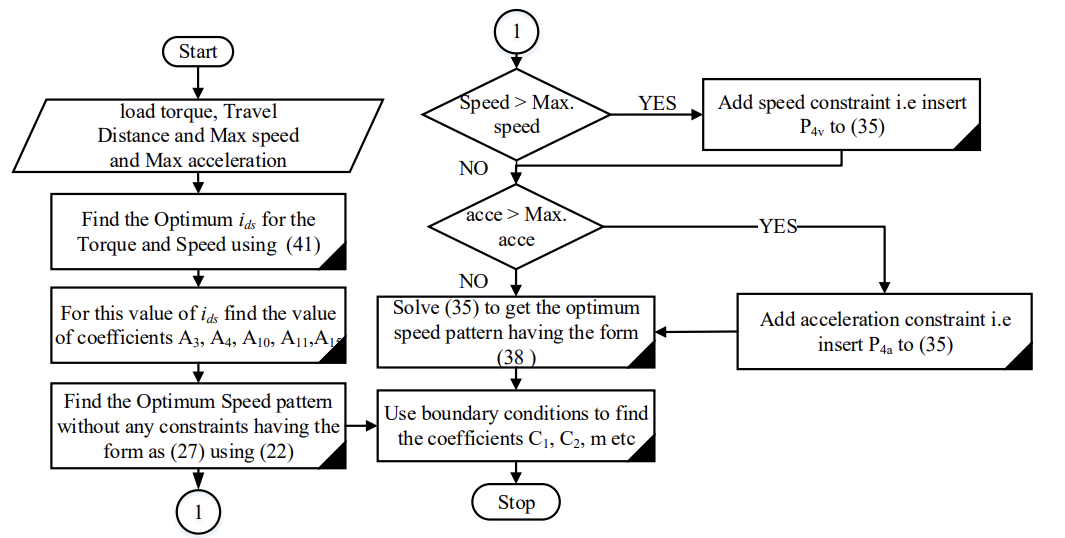This invention introduces an optimization algorithm for elevator velocity patterns aimed at balancing efficiency and passenger comfort. By incorporating constraints on velocity and acceleration, the algorithm derives an optimal trajectory that minimizes energy loss while ensuring smooth travel. Experimental validation confirms significant reductions in power loss under varying load conditions. The approach maintains a constant machine flux throughout, promoting system stability and reliability. Future applications may extend this technique to enhance efficiency in other motor-driven systems beyond elevators, highlighting its versatility and potential impact on energy conservation in everyday operations.
The challenge is to optimize elevator velocity patterns to balance efficiency with passenger comfort. Constraints on velocity and acceleration must be applied to minimize energy loss while ensuring stable machine operation under varying loads. This problem aims to enhance energy efficiency in motor-driven systems like elevators, addressing the need for reliable performance and reduced operational costs.
- Optimization of Velocity Patterns: Utilizes advanced algorithms to determine the most efficient velocity trajectories for elevators. Enhances passenger comfort while minimizing energy consumption, applicable to various motor-driven systems beyond elevators.
- Integration of Acceleration Constraints: Incorporates constraints to ensure smooth acceleration profiles, crucial for maintaining comfort and safety. Improves operational efficiency and reduces wear on mechanical components, relevant for diverse industrial applications.
- Flux Optimization Techniques: Maintains constant machine flux during operation, optimizing energy efficiency without compromising performance. Suitable for induction motor-driven systems, adaptable to other motor types like BLDC or PMSM for broader efficiency improvements.
- Energy Loss Reduction: Quantifies and minimizes energy loss through comprehensive analysis of velocity and acceleration profiles. Providing significant cost savings in energy-intensive applications such as elevator systems, hence enhancing overall operational sustainability.
4
- Enhances passenger comfort through smoother acceleration profiles.
- Reduces energy consumption, contributing to sustainability efforts.
- Improves operational efficiency of motor-driven systems.
- Promotes technological advancement in elevator and similar industries.
- Aligns with industry standards for safe and reliable performance.
- Supports broader efforts towards energy-efficient building operations.
Elevator Manufacturing, Electric Vehicle Manufacturing, Robotics, Automation, Public Transportation, Industrial Equipment, Building Management, Renewable Energy
Elevator Systems, Electric Vehicles, Robotics, Automated Manufacturing, Public Transportation, Industrial Automation, Building Management Systems, Renewable Energy Systems
201721023121
499931



